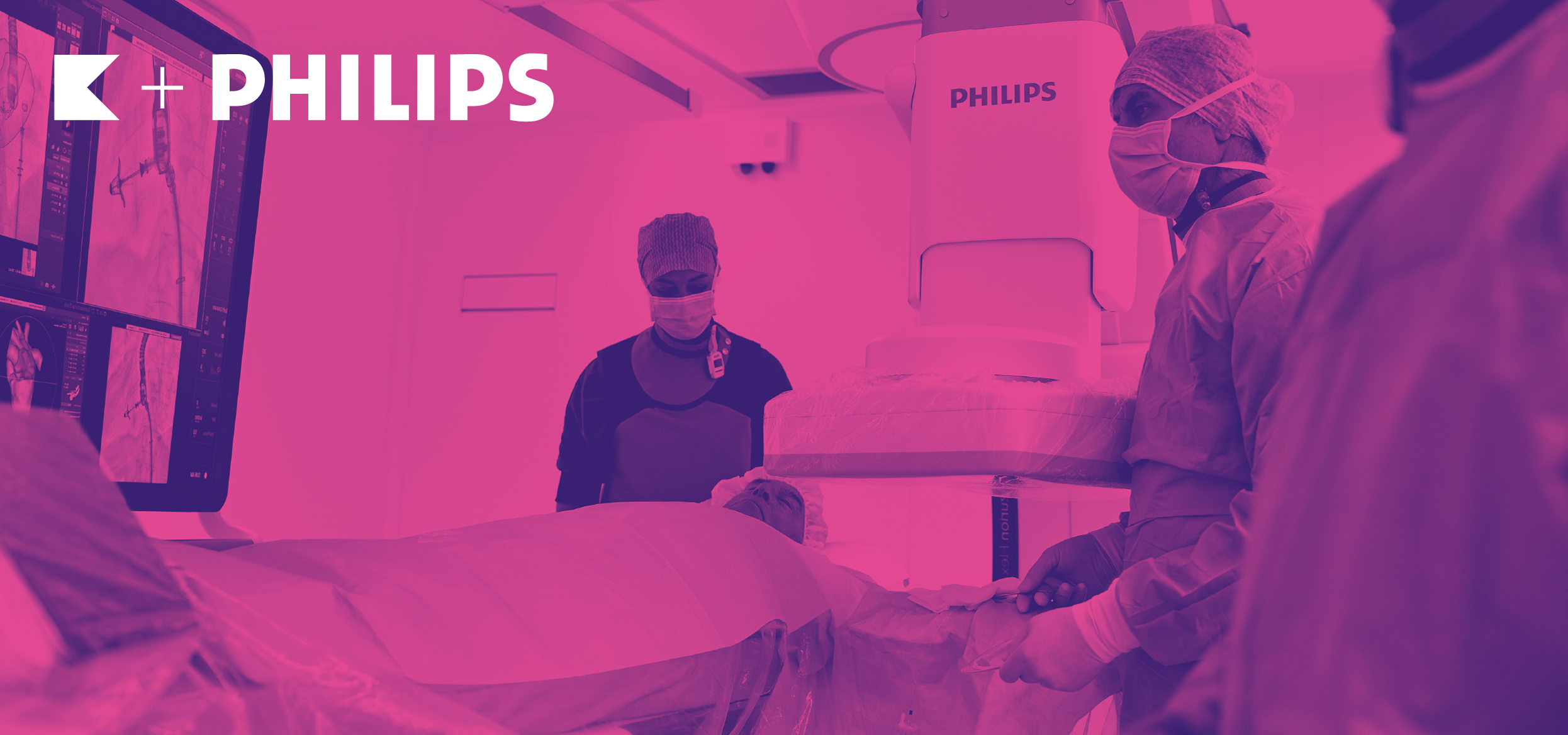Philips is a leading health technology company focused on improving people’s health and well-being, and enabling better outcomes across the health continuum – from healthy living and prevention, to diagnosis, treatment and home care. Philips is pursuing the goal of improving 2.5 billion lives per year by 2030.
Philips has a wide range of connected products for smart home care and personal health that are supported with smart applications for Android and iOS. Typically these products are connected locally via Bluetooth Low Energy or Wi-Fi, and they are also connected to the Philips cloud for remote control or data insights. For these purposes, the Philips Innovation Services organizational unit develops a connectivity platform that comprises embedded hardware, firmware, protocols, and an SDK for creating mobile apps. This connectivity SDK offers components for discovering, connecting to, and interacting with connected products. The SDK targets Android and iOS, with embedded Linux as the native target also becoming more important.
Installed base of mobile apps for Philips’ connected products
The mobile apps for Philips’ connected products have a combined installation count of well over 1 million on the App Store and Google Play. These apps are being installed and used all around the world, with the USA, Europe, and Asia being the biggest markets.
How is Kotlin Multiplatform Mobile used in your product?
One of our SDK components is a client library for Philips’ cloud solution: HealthSuite Digital Platform, or HSDP for short. It enables an app developer to interact easily with the cloud infrastructure without having to write HTTP requests with intricate headers and complex payloads. Instead, developers can call high-level functions, such as getBlob() to download a binary file, sendCommand() to control a cloud-connected device remotely, or createDataItem() to upload telemetry data.
#kotlin #cross-platform #kmm
